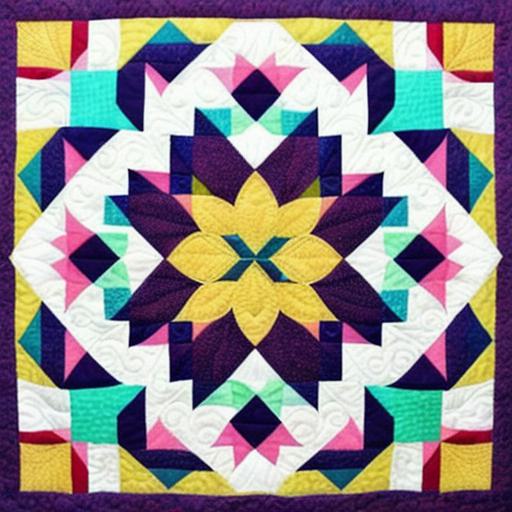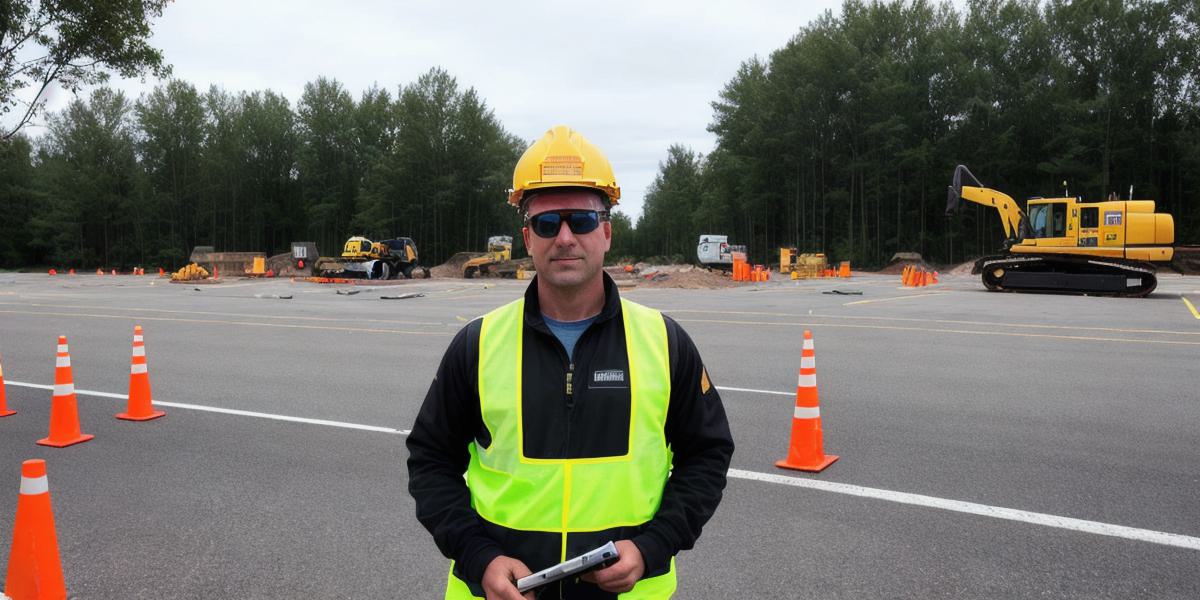Quilting is a timeless art form that has been practiced for centuries, and it’s no surprise that people continue to discover new ways to create beautiful works of art. If you’re looking to learn the basics of machine quilting, then you’ve come to the right place. In this comprehensive guide, we will take you through everything you need to know to get started on your quilting journey.
- What is Machine Quilting?
Before we dive into the basics, it’s important to understand what machine quilting is and why it’s such a popular hobby. Machine quilting involves using a sewing machine to create intricate patterns and designs on fabric. This type of quilting allows for more precise stitching and the ability to create larger, more complex projects than hand-quilting. - Choosing Your First Machine
If you’re new to machine quilting, it’s important to choose a machine that is beginner-friendly. Look for machines with simple controls, an adjustable feed, and a range of stitches. Some good options for beginners include the Brother SE405, the Janome JEM1603N, and the Kenmore 15120. - Understanding Thread Types
There are many different types of thread available for machine quilting, and it’s important to understand which ones are best suited for certain projects. All-purpose threads are a good starting point, but you may want to experiment with other types of threads such as cotton batting, silk, or even metallic threads. - Essential Machine Quilting Tools
In addition to your sewing machine, there are several essential tools that you’ll need for machine quilting. These include a rotary cutter, mat, and ruler for cutting fabric, a needle threader, scissors, pins, and a walking foot. It’s also important to invest in a good quality quilt topper and batting to create beautiful, comfortable quilts. - Basic Machine Quilting Techniques
Now that you have all the necessary tools, it’s time to start quilting! Here are some basic techniques that every beginner should know:- Threading your machine: This may seem simple, but threading a sewing machine can be tricky if you’re new to it. Make sure to read the instructions on your machine carefully and practice until you feel comfortable with the process.
- Creating a seam: To create a seam, start by aligning two pieces of fabric along the seam line. Then, sew slowly and evenly, making sure not to stretch the fabric as you go. Use a walking foot to help keep the stitches even and prevent puckering.
- Adding batting: Once you have your quilt topper, it’s time to add the batting. Start by adding a layer of cotton batting to the back of your quilt top, then add another layer on top. Use a batting gun to help distribute the batting evenly and avoid lumps or bumps.
- Binding: Finally, it’s time to bind your quilt! To do this, start by trimming any excess fabric from the edges of your quilt. Then, sew a strip of fabric around the perimeter of your quilt, securing it with pins and stitching.
- Advanced Machine Quilting Techniques
Once you have mastered the basics, it’s time to take your machine quilting skills to the next level. Here are some advanced techniques that you may want to try:- Patchwork quilts: Patchwork quilts involve sewing small pieces of fabric together to create a larger design. This technique requires careful planning and precision, but can result in beautiful, intricate designs.
- Appliqué: Appliqué involves cutting shapes out of one piece of fabric and sewing them onto another piece of fabric. This technique allows for creative freedom and can be used to add details and texture to your quilts.
- Free-motion quilting: Free-motion quilting involves stitching without a pattern, allowing you to create unique designs and patterns. This technique requires more skill and practice than other machine quilting techniques, but can result in beautiful, one-of-a-kind quilts.
- Tips for Successful Machine Quilting
Finally, here are some tips to help you succeed on your machine quilting journey:
- Practice makes perfect: Like any hobby, practice is key when it comes to machine quilting. Don’t be afraid to make mistakes and experiment with different techniques.
- Stay organized: Keeping your workspace clean and organized can make the entire quilting process much smoother and more enjoyable.
- Join a community: Joining a local quilting group or an online forum can provide you with support, inspiration, and the opportunity to learn from experienced quilters.

- Conclusion
Machine quilting is a rewarding and enjoyable hobby that allows for endless creativity and expression. With the right tools, techniques, and practice, anyone can create beautiful quilts and enjoy the process of bringing their vision to life.



